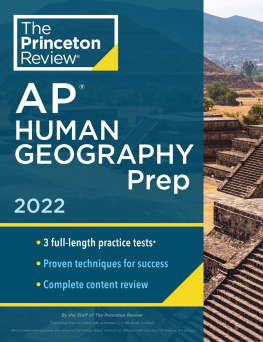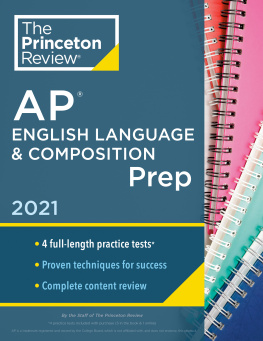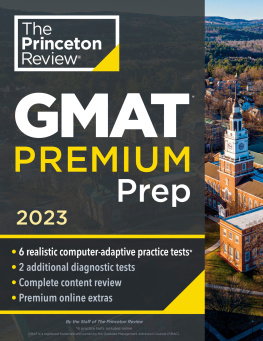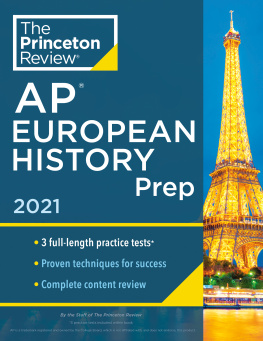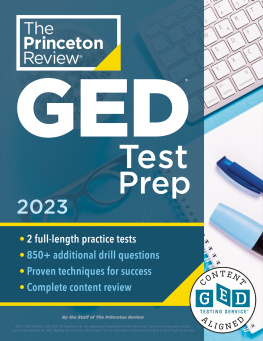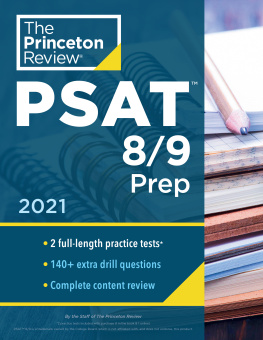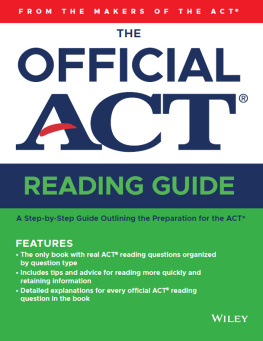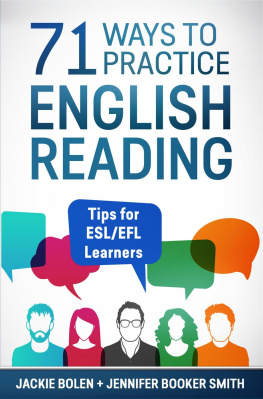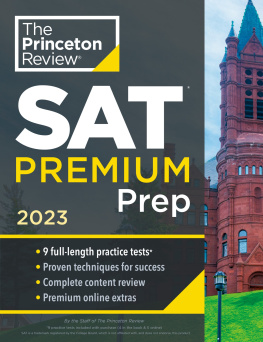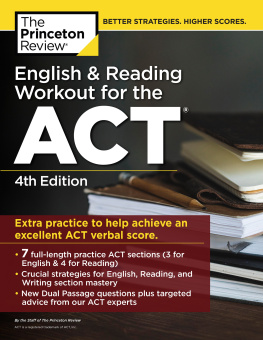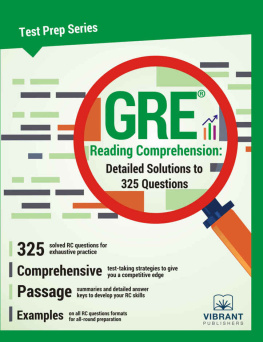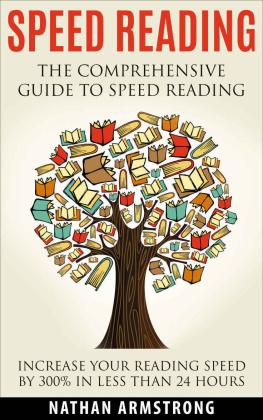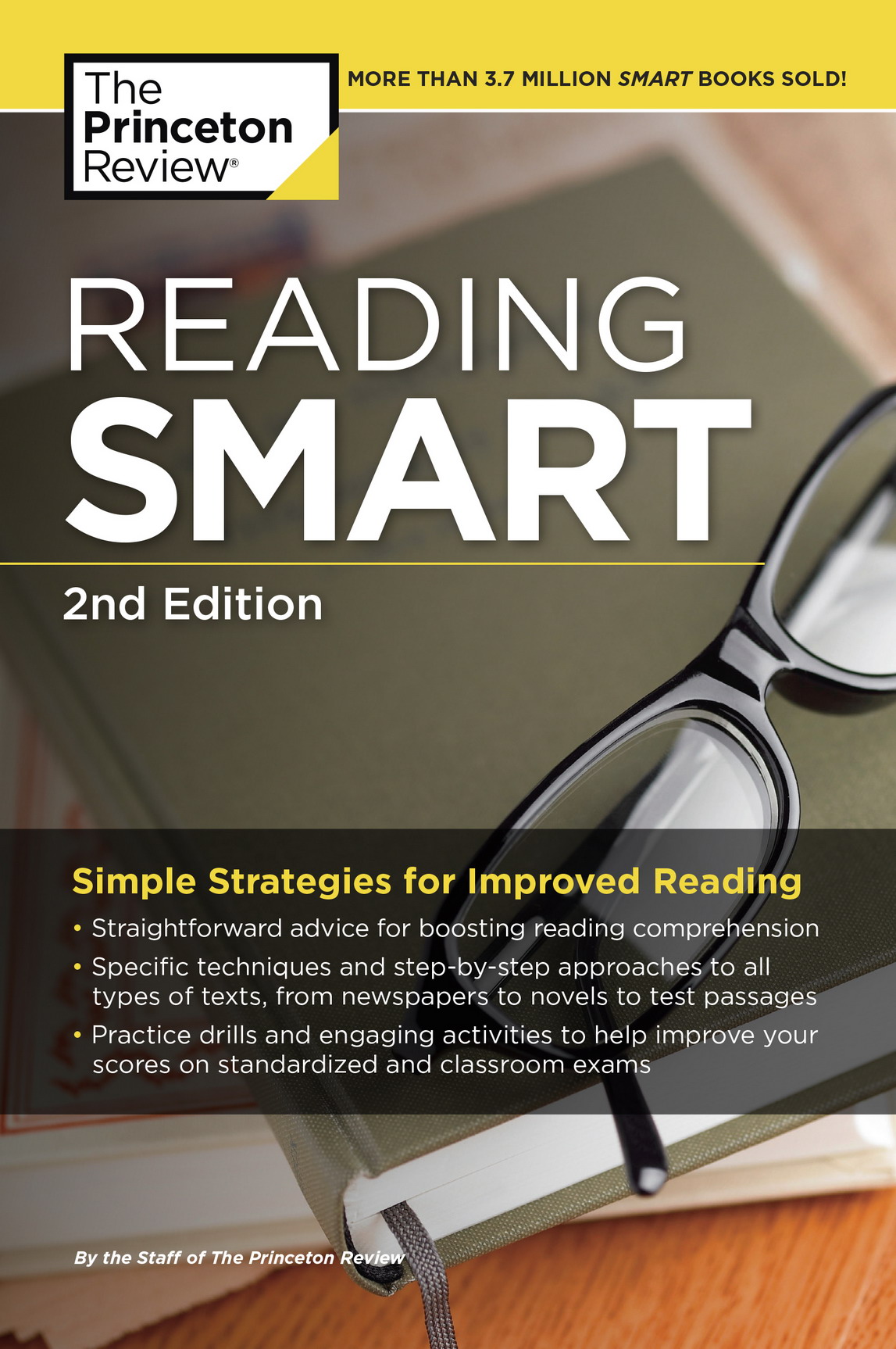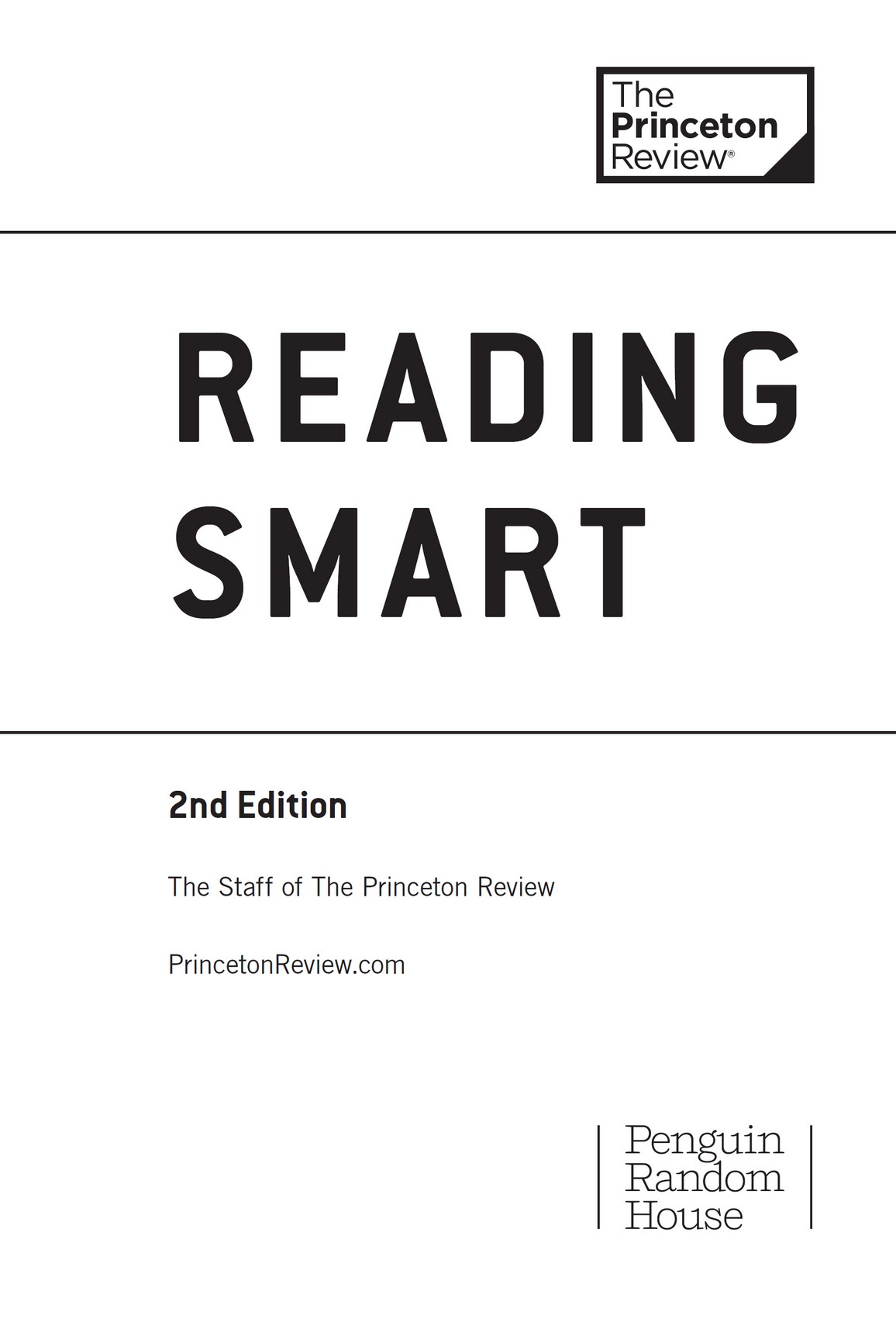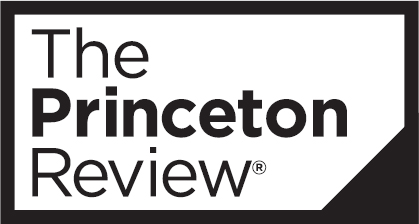Editorial
Rob Franek, Senior VP, Publisher
Casey Cornelius, VP Content Development
Mary Beth Garrick, Director of Production
Selena Coppock, Managing Editor
Meave Shelton, Senior Editor
Colleen Day, Editor
Sarah Litt, Editor
Aaron Riccio, Editor
Orion McBean, Editorial Assistant
Penguin Random House Publishing Team
Tom Russell, VP, Publisher
Alison Stoltzfus, Publishing Director
Jake Eldred, Associate Managing Editor
Ellen Reed, Production Manager
Suzanne Lee, Designer
The Princeton Review
24 Prime Parkway, Suite 201
Natick, MA 01760
E-mail:
Copyright 2016 by TPR Education IP Holdings, LLC. All rights reserved.
Published in the United States by Penguin Random House LLC, New York, and in Canada by Random House of Canada, a division of Penguin Random House Ltd., Toronto.
Terms of Service: The Princeton Review Online Companion Tools (Student Tools) for retail books are available for only the two most recent editions of that book. Student Tools may be activated only twice per eligible book purchased for two consecutive 12-month periods, for a total of 24 months of access. Activation of Student Tools more than twice per book is in direct violation of these Terms of Service and may result in discontinuation of access to Student Tools Services.
ISBN9781101882276
Ebook ISBN9781101882283
The Princeton Review is not affiliated with Princeton University.
Editor: Colleen Day
Production Editor: Liz Rutzel
Production Artist: Deborah A. Silvestrini
v4.1
a
Acknowledgments
I would like to thank my partners in life, Varsenik Papazian and Sylvia Papazian Krupp, for their love, support, and humor. Our holt is a regular source of sustenance. Thanks as well to my colleagues, Jonathan Chiu and Colleen Day, for the constant good they do to improve the reading skills of young (and not only young) people.
Dr. Anthony Krupp
The Princeton Review would like to thank Jonathan Chiu and Anthony Krupp for all of their work, dedication, and fantastic updates to this edition.
Contents
Register Your Book Online!
Go to PrincetonReview.com/cracking
Youll see a welcome page where you can register your book using the following ISBN: 9781101882283
After placing this free order, youll either be asked to log in or to answer a few simple questions in order to set up a new Princeton Review account.
Finally, click on the Student Tools tab located at the top of the screen. It may take an hour or two for your registration to go through, but after that, youre good to go.
If you are experiencing book problems (potential content errors), please contact with the following information:
your full name
e-mail address used to register the book
full book title and ISBN
your computer OS (Mac or PC) and Internet browser (Firefox, Safari, Chrome, etc.)
description of technical issue
Once youve registered, you can
Access and download additional reading drills and corresponding answer keys
Find printable versions of the end-of-chapter summaries
Check to see if there have been any corrections or updates to this edition
Offline Resources
Grammar Smart
Word Smart
More Word Smart
Introduction
Why Reading?
Like it or not, reading is an essential part of everyday life, from the classroom to the workplace and everything in between. The ability to read wellthat is, to read a piece of writing and understand it, as well as to retain its most important partsis a crucial skill whether youre taking the SAT, ACT, GRE, or some other standardized test; trying to decipher a wordy email filled with technical language and jargon; or just browsing the Internet or newspaper. After all, in todays digital age, we are inundated with information on a daily basis; the ability to sift through that information and distinguish between fact and opinion, between key ideas and minor details, is an invaluable tool.
But not everyone likes to read. You may be one of those people, which is why you picked up this book. Trust us, we get it. In some situations, reading is a stressful, even overwhelming, activity, such as when youre rushing to read an entire novel the night before an important test or assignment is due. (We dont recommend that.) Reading can also be time-consuming and frequently tedious, particularly if youre reading a textbook or article thats chock full of technical jargon and terminology. Moreover, reading is more often associated with academics than with leisure; some students see reading as the one thing standing between them and a perfect test score or GPA. Because of factors like these, many people decide that they dont like reading or arent good at it. But it isnt that simple.
People arent born good readers or bad readers. Rather, people who read well apply specific techniques that allow them to get the most out of what they read. However, they often do so instinctively and automatically, so they probably wouldnt be able to explain exactly what it is they do. This is where we, The Princeton Review, come in. In this book, we break down the most useful and effective reading skills and strategies and explain them in a straightforward, clear way. By the time youre done working through this book, youll be able to approach the act of reading with confidence.
Reading Faster
Many people believe that reading fast and reading well are synonyms. We understand this assumption. After all, there are several situationssuch as a timed standardized test or classroom exam, for examplein which reading speed is useful and even desirable. But speed is not the sole mark of a smart reader, and you shouldnt feel pressure to read quickly right away. As you work through this book, learn the strategies first; focus on comprehending passages and discerning the most important information they contain. Once you can apply the techniques, your reading speed will improve naturally, without you having to force it.
Reading Smarter
Perhaps the first test of your reading skills will be with this book. So how should you read it? First, as we just mentioned, dont try to get through every chapter as quickly as you can. Like anything, learning to read more efficiently is a process, so its best not to rush it. Second, be an active reader. In other words, try to stay engaged as you read. Eliminate distractions (more on this later) to keep your attention on the task at hand. If you find yourself drifting off, or if youre memorizing rules without truly understanding them, or if youre totally confused by the exercises, stop reading. Put the book down, take a break, and then come back later. Trust us: taking a break is often just what you need to refuel your mind and find your focus again.
This book contains thirteen chapters and is divided into three parts: (1) Reading in General, (2) Reading Specific Text Types, and (3) More Reading Practice. The first part of the book discusses overall reading strategies and provides general reading comprehension practice. The second part of the book introduces you to specific types of texts and genres, explaining how to shift your strategy depending on what it is youre reading. As you might have already guessed, how you read a textbook is different from how you read a piece of literature such as a play or poem. If youre a student taking a standardized test in the near future, you may find this part of the book most helpful for test-prep purposes. Standardized tests often contain a variety of passages, and this part of the book will acquaint you with a wide range of genres and the techniques you should use when reading them.


